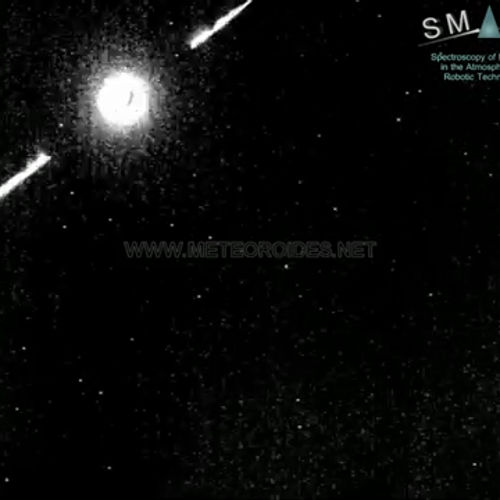
| Added | Sun, 28/04/2024 |
| Источники | |
| Дата публикации | Sun, 28/04/2024
|
| Версии |
In early May, the inhabitants of the Earth will see the starfall of eta Aquarii (May Aquarii). The source of meteor flashes will be the dust trail left by the famous Halley comet, the press service of the Moscow Planetarium told TASS.
The starfall is observed annually from April 19 to May 28. This year, the meteor shower will reach its peak activity on the night of May 6. The radiant, which is called the area of departure of meteor flashes in the sky, will be located east and below the star Altair.
"According to the forecasts of the International Meteor Organization, up to 50 meteors per hour are expected [on the night of the peak]. A wide maximum of the flow, sometimes with the presence of sub-maximums, usually occurs in early May: from May 3 to May 10, when 30 or more meteors per hour can be observed," the astronomers clarified.
Scientists described the stream as "beautiful and rich" in flares. Its source is a dust trail left over from Halley's famous comet. The earth passes through it twice a year: in April and October. The autumn stream is called the Orionids. Scientists observed Halley's comet itself in 1986, and the next time it will appear in the Earth's sky in 75 years - in 2061.
"Meteors of the May Aquariums are fast and bright, leaving long trails. <...> It is best to observe them in early May in the wee hours (from 2:00 to 4:00 Moscow time) and away from city lights. The difficulty of eta-Aquarid observations lies in the fact that the radiant of the stream rises in the morning and is best visible from the Southern Hemisphere. In the middle latitudes, the radiant of the May Aquariums is visible low above the southeastern horizon for only a few hours before dawn," the planetarium's press service also explained to TASS.
Новости со схожими версиями
Log in or register to post comments









